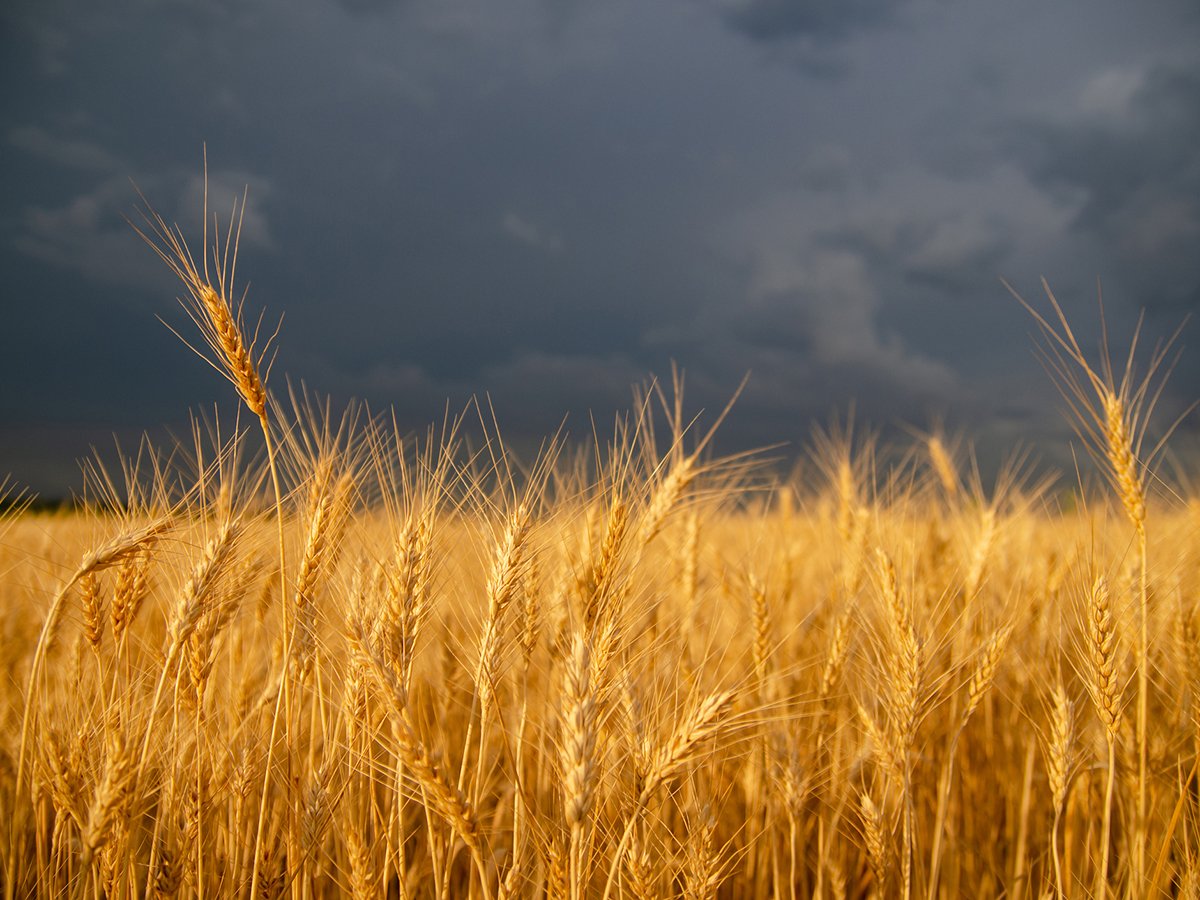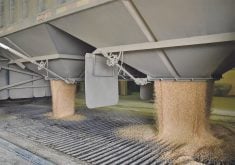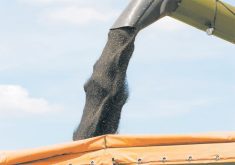Rain makes grain, but late in the season it can also cause a lot of problems.
That’s happening now in parts of the southern grain belt, where praying for rain is being replaced with the hope that rain can stop for harvest.
Rainfall in July and early August has been much greater than normal. Crop quality concerns are rising, particularly with lentils that are close to harvest.
Read Also

Invigor Gold variety viewed as threat to condiment mustard
Invigor Gold, the canola-quality mustard developed by BASF, is on a collision course with Canada’s condiment mustard industry. It’s difficult to see how the two can co-exist.
There was a big shift this year from red lentils to green lentils, particularly large greens, because the green lentil price was substantially higher. However, large green lentils can lose quality quickly if the weather turns wet when the crop is nearly mature.
That has happened for many growers. In some cases, fields were desiccated and almost ready to combine and then were hit with numerous rains.
Too many bleached seeds in a sample causes downgrading, and that comes with a lower price. Many observers expect the price discount for No. 3 and lower grade lentils will widen because a significant portion of the crop could be lower grade.
Lentils are a primary money maker on many farms in the southern grain belt, but large green lentil prices have dropped steadily in recent months.
Pre-seed contracts on the first 10 bushels per acre were available at around 47 cents per pound for No. 2 or better quality. Now the price is in the mid-30 cent range, and lower grade product will no doubt be considerably cheaper.
In addition to bleaching, seed that has gone through a number of wetting and drying cycles is more prone to cracking and splitting. That can also be a problem in peas.
Another potential issue is disease. How serious might the fusarium issue be in wheat and durum crops due to late season rainfall?
Producers won’t really know the quality damage until combining becomes more general. The market will be watching closely.
It could be one of those years when it pays to present your grain samples to numerous buyers to see who can provide the best return through blending, cleaning or colour sorting.
Regrowth is also a problem, and this is happening in some cereals, as well as canola and peas. When the rain finally came, new growth was triggered in plants that had been shutting down.
In some instances, this will potentially lead to improved yields. In other cases, waiting for the new growth to mature will put the rest of the crop in jeopardy.
Some fields are still developing new flowers while some plants have seed that is almost ripe. Expect this to be a big year for desiccant application.
Beyond crop regrowth, another reason for desiccation is weed growth. With all the late season rainfall, crops are looking weedier each day.
This is most evident in lentils and some pea crops, but is also a problem in some canola and cereal fields. The biggest culprit is the southern Saskatchewan Christmas tree — kochia.
Kochia is a huge and growing menace. Long resistant to Group 2 herbicides and largely resistant to glyphosate, the problem will intensify in the years ahead if Group 14 resistance becomes more prevalent.
Perhaps rain in late August and into September will taper off, providing a dry, open season for harvest, and we’ll be able to grind those big kochia weeds through the combine. However, with the tap now turned on, many fear the rainy cycle could persist, making this a difficult harvest.
















